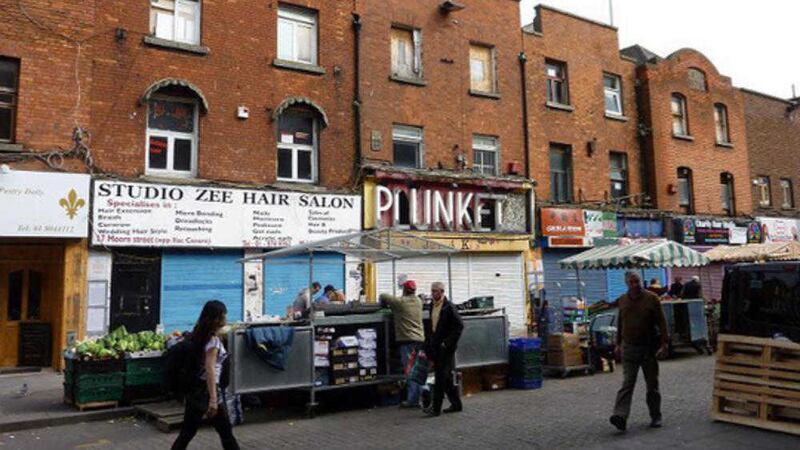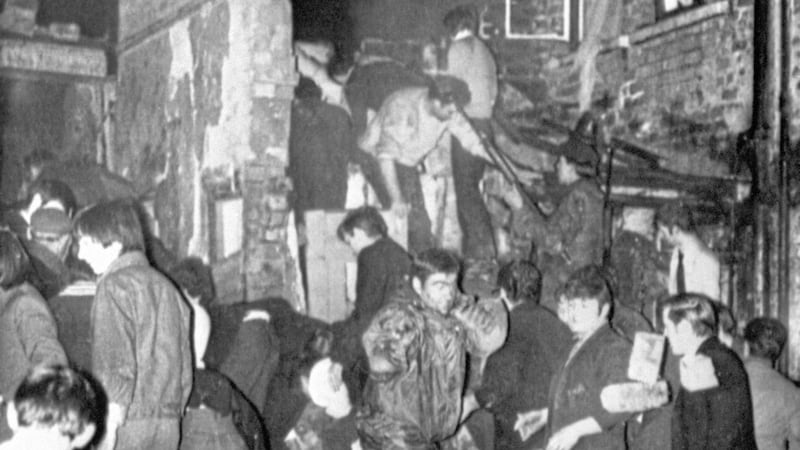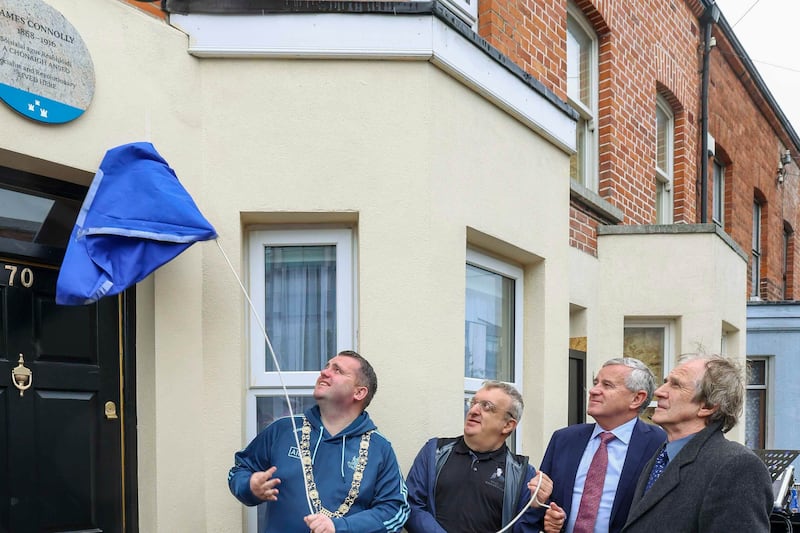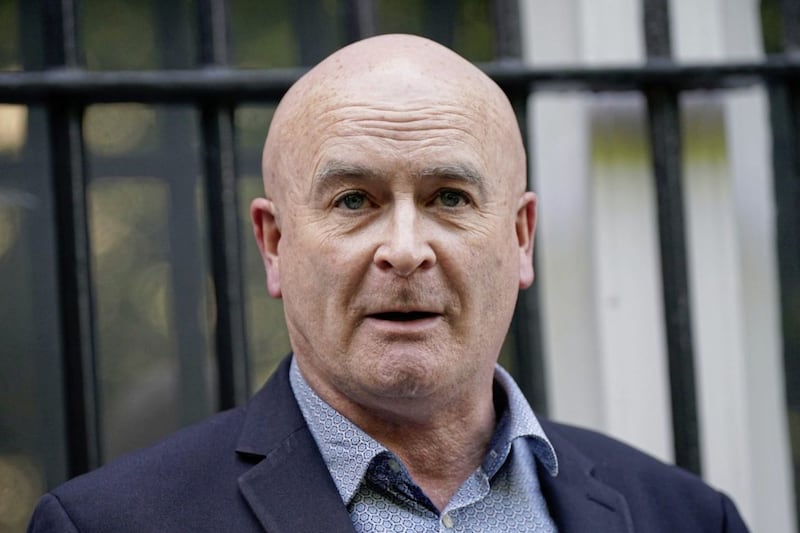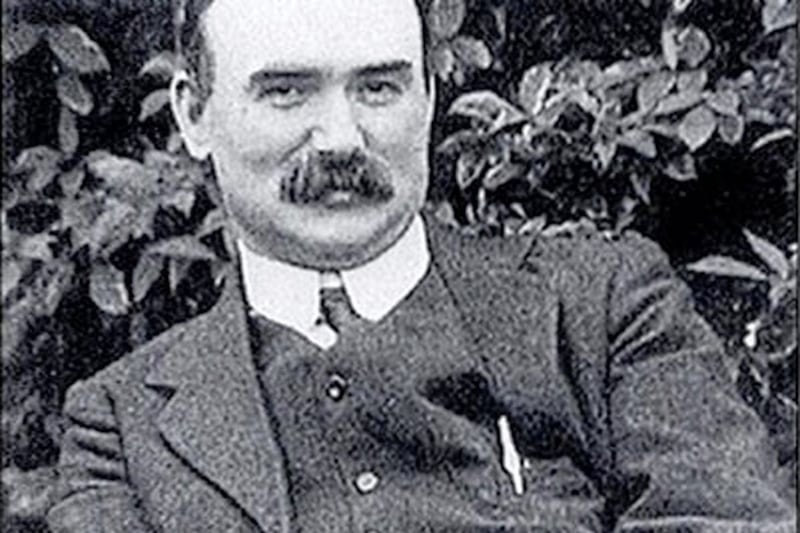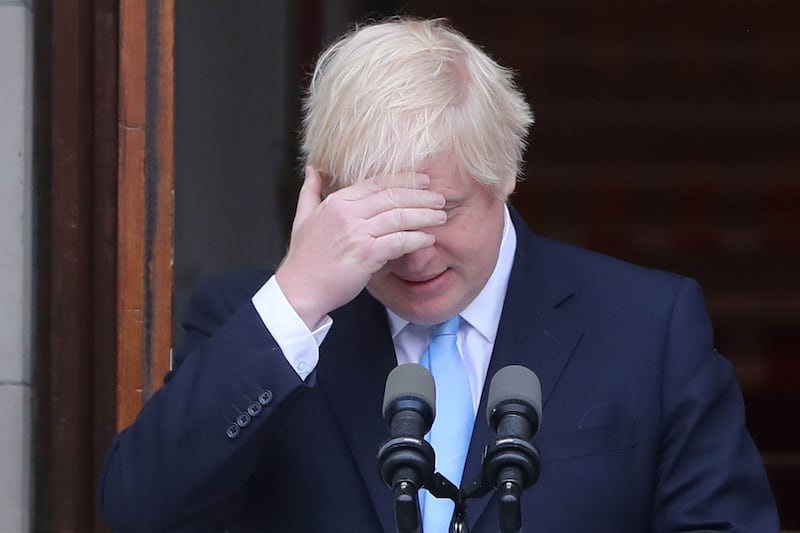Campaigners fear the final headquarters of the 1916 leaders could be a derelict site when the centenary of the rising is commemorated next year.
The Irish government announced last March that it would acquire the 'national monument' at Numbers 14-17 Moore Street in Dublin city centre.
Padraig Pearse and fellow rebel leaders tunnelled their way along Moore Street as the GPO came under heavy bombardment from British forces.
The men set up their final HQ in Number 16, where they agreed to surrender as James Connolly lay seriously wounded on Saturday April 29 1916.
The government made headlines when it revealed plans to ensure that the site’s long-term future would be secured by acquiring the properties and creating a commemorative centre.
The project was expected to “enhance and complement” the €7.8 million GPO Witness History Interpretive Exhibition Centre which is on schedule to be completed in time for the historic centenary. The GPO facility is to be managed and operated by Shannon Heritage.
However, Connolly’s great grandson, James Connolly Heron, last night said he was becoming increasingly concerned that the government’s plans had “stalled”.
“Nothing has happened. It now seems highly unlikely that work on the buildings will be completed in time for the commemorations.
“Our great concern is that we will be left with a derelict national monument for the centenary,” he said.
There was alarm in July when it was reported that the buildings were linked to a loan portfolio being sold by NAMA.
The portfolio, dubbed Project Jewel, was connected to retail properties owned by developer Joe O’Reilly’s Chartered Land.
Mr Connolly Heron said relatives wanted the state’s finance minister Michael Noonan to “intervene immediately” in the public’s interest to ensure that the 1916 buildings would not be included in the auction.
“They include number 10 Moore Street, the point of entry in to the terrace of houses occupied by volunteers upon evacuation of the blazing GPO. The first Council of War was held in number 10 and the leaders slept here overnight.
"It is without doubt a pre-1916 structure and by any criteria a house of huge historic significance and importance.
“If numbers 14 to 17 Moore Street are worthy of removal from the proposed auction of the Chartered Land loan portfolio on account of their historic importance then it is clear that this house must be granted similar treatment.”
Meanwhile, Mr Connolly Heron’s concerns were echoed by Matt Doyle of the National Graves Association, which is behind the restoration of the 1916 St Paul’s plot in Dublin’s Glasnevin Cemetery.
Describing the Moore Street buildings as “Ireland’s Alamo”, Mr Doyle accused the government of “foot dragging”.
He said: “It looks increasingly likely that when the rest of the country is commemorating 1916 the final headquarters will be surrounded by hoardings.”
